How to Repair Minor Damage to Your Flooring
Got a ding, scratch or stain in your flooring? Don’t panic – you may be able to repair minor damage yourself. Check out the following tips for fixing some common floor problems.
Dings in laminate floors – If you have a small dent or nick in your laminate flooring, pick up a laminate floor repair kit at your local hardware store. It contains everything you need to repair and reseal the area.
Scratches in wood floors – Lightly rub the scratch with a steel wool pad or light-duty sandpaper, along the grain (not side-to-side). Thoroughly remove dust and apply wood filler with a putty knife. Most wood fillers are available in colors that match the most common hardwood floors. When the filler is dry, sand lightly and remove dust before applying a sealer.
Cuts or snags in vinyl flooring – Liquid seam sealer can repair tiny cuts and scratches in vinyl, but larger tears may require patching. To patch a cut, you’ll need a piece of vinyl that matches your flooring. Popular home improvement website This Old House provides some tips on how to repair your floor: Place the matching piece over the damage and secure it with tape, then use a sharp utility knife to cut through the new vinyl and the flooring beneath, to make a patch and hole of the same size. Remove the damaged section, apply adhesive to the subfloor and insert the patch. Place a heavy object on the patch overnight and apply liquid seam sealer to the patch edges, once the area has dried.
Wear in heavy traffic areas – Areas of wood and laminate floors in heavy traffic areas, such as inside the front door, will lose their luster over time. But you don’t need to hire a professional refinisher if the problem is confined to a small area. Wood and laminate renewal kits can make dull surfaces shine again, without the need for sanding, buffing or resealing.
Dark stains in wood floors – You may be able to remove a stain from hardwood flooring without sanding if the stain hasn’t penetrated the wood deeply. Lightly sand the stain, then soak a cotton rag in hydrogen peroxide or white vinegar and set the rag on the stain. Repeat as necessary to lighten the stain. If those methods don’t work, oxalic acid – a wood bleach – may get the job done. Pet urine stains are extremely difficult to remove without the use of toxic chemicals, so when wood has large or numerous pet urine stains, professional refinishing is recommended.

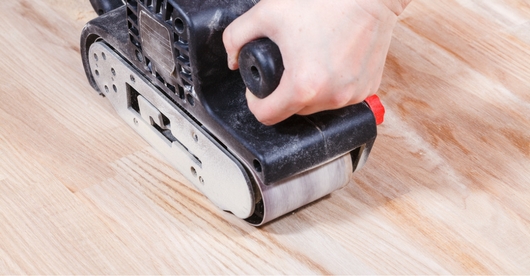
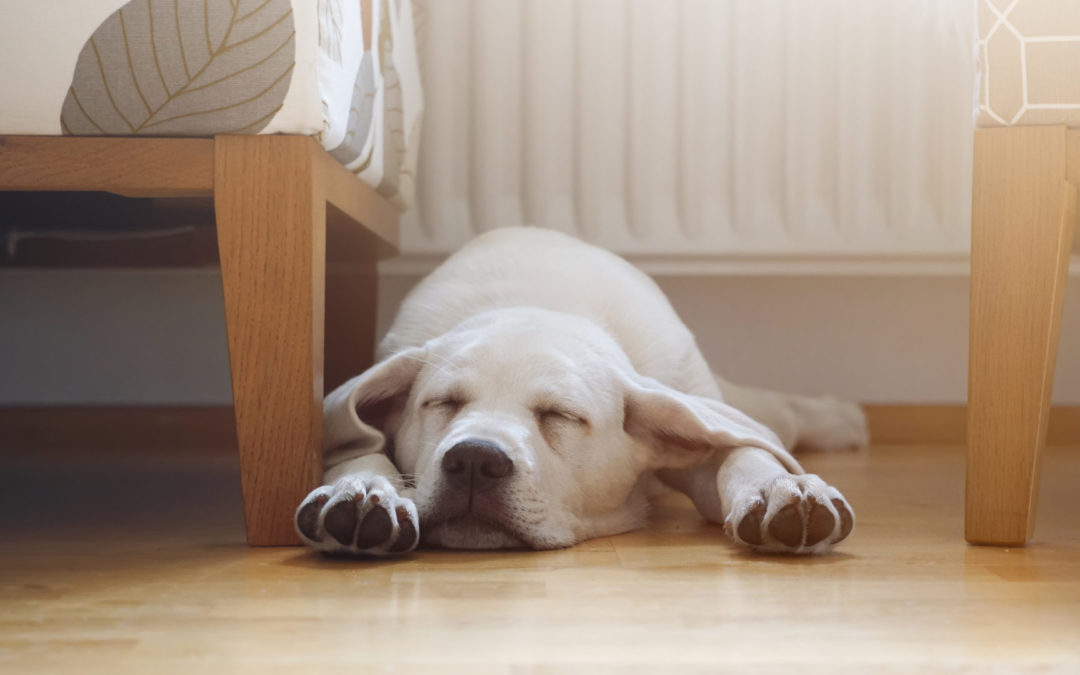
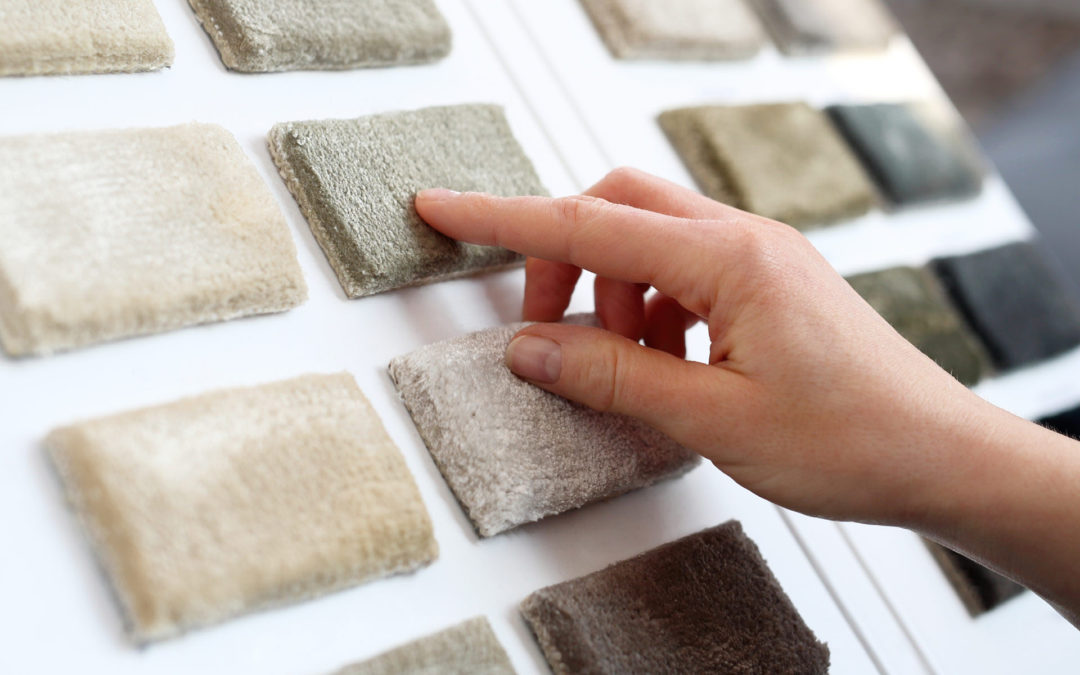


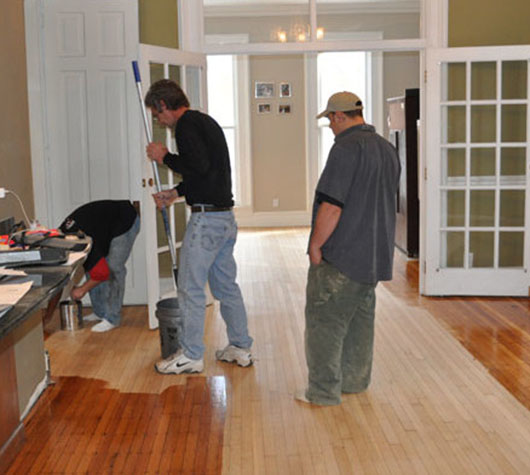 Repairing Scratched Hardwood Floors
Repairing Scratched Hardwood Floors
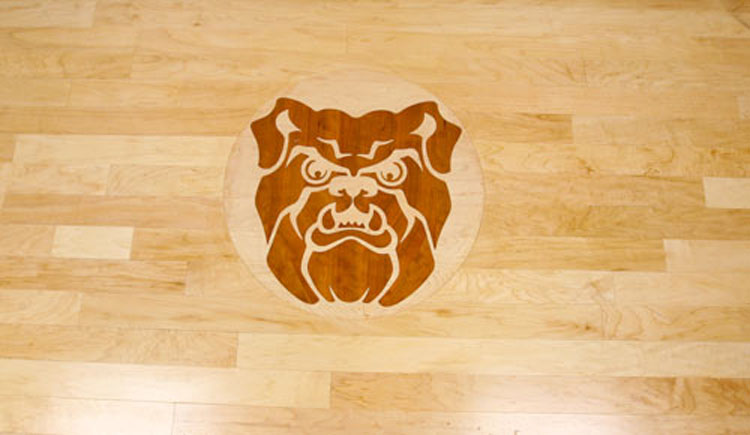 Hinkle Fieldhouse Butler Univers...
Hinkle Fieldhouse Butler Univers...
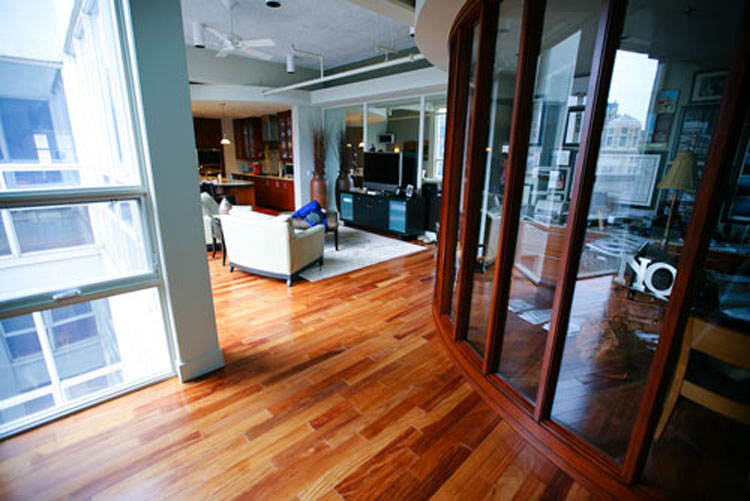 Penthouse Town Home Downtown Ind...
Penthouse Town Home Downtown Ind...
 Antique Flooring Restoration
Antique Flooring Restoration
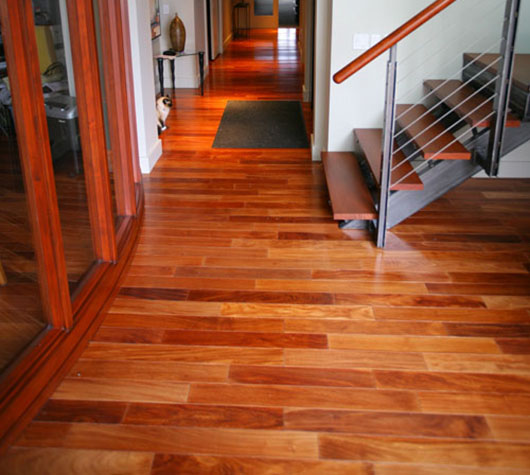 Brazilian Cherry Hardwood Floors
Brazilian Cherry Hardwood Floors







